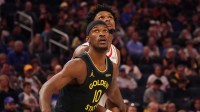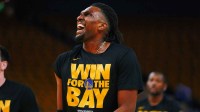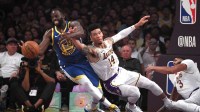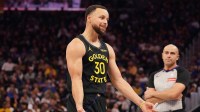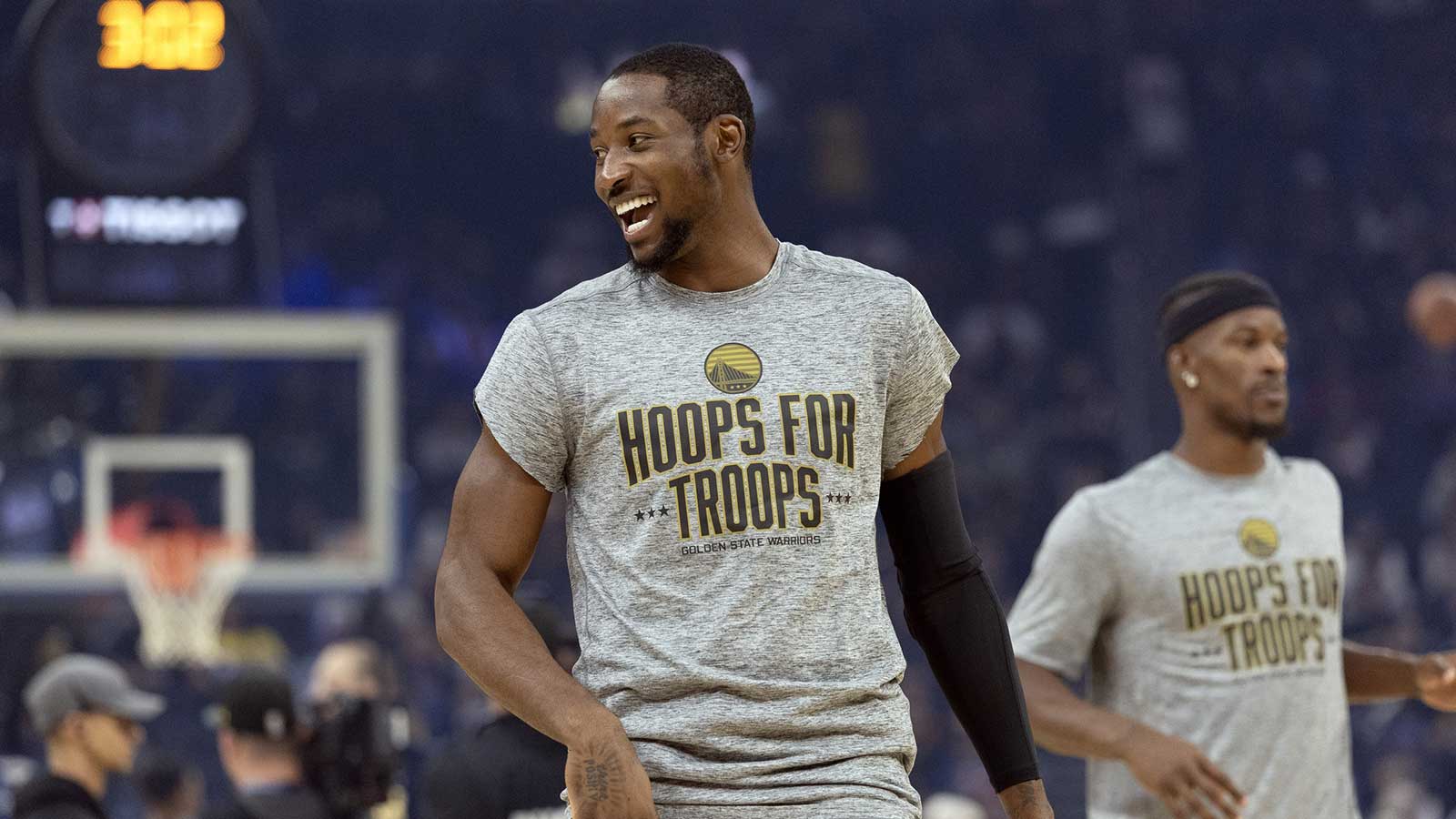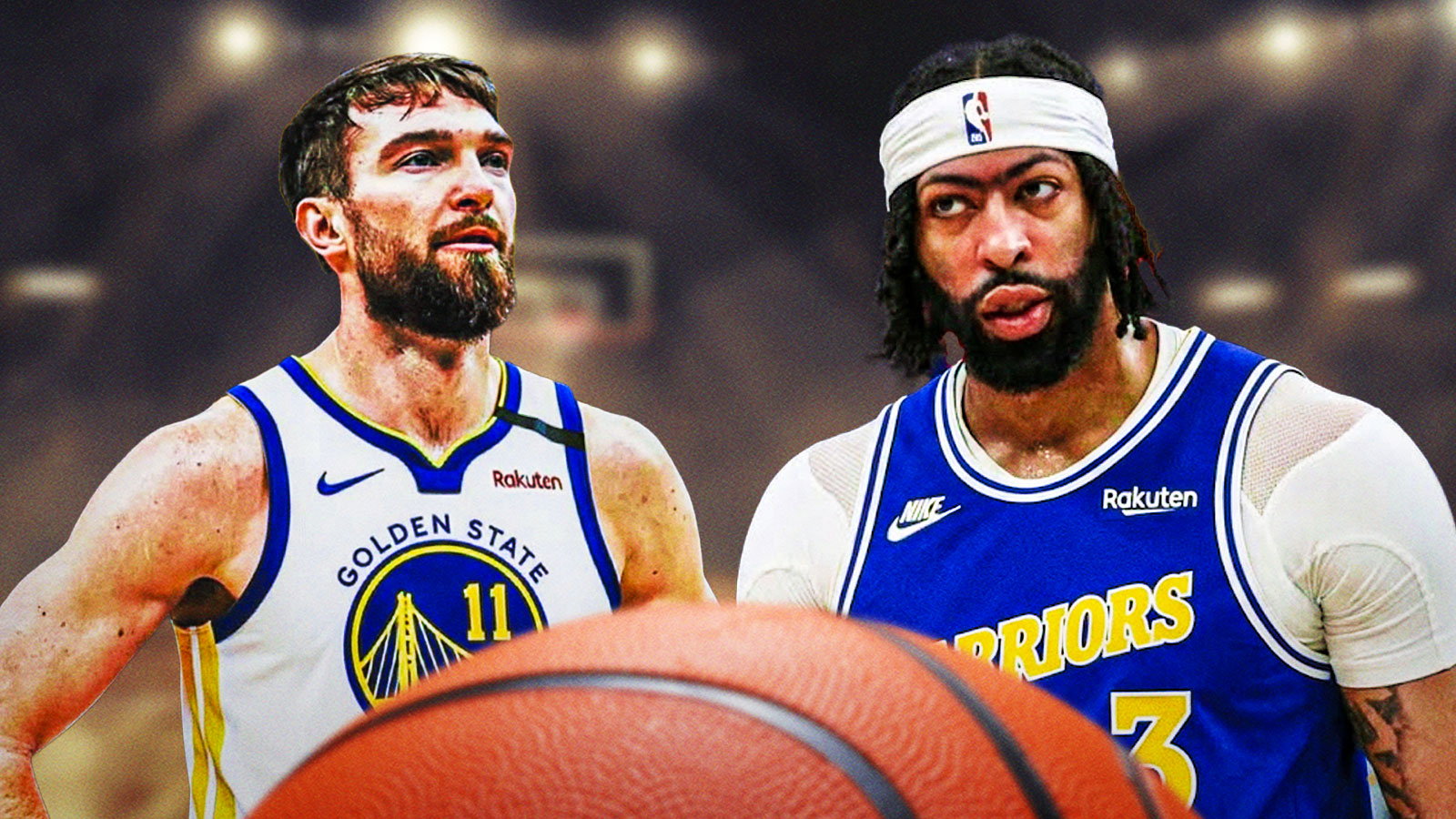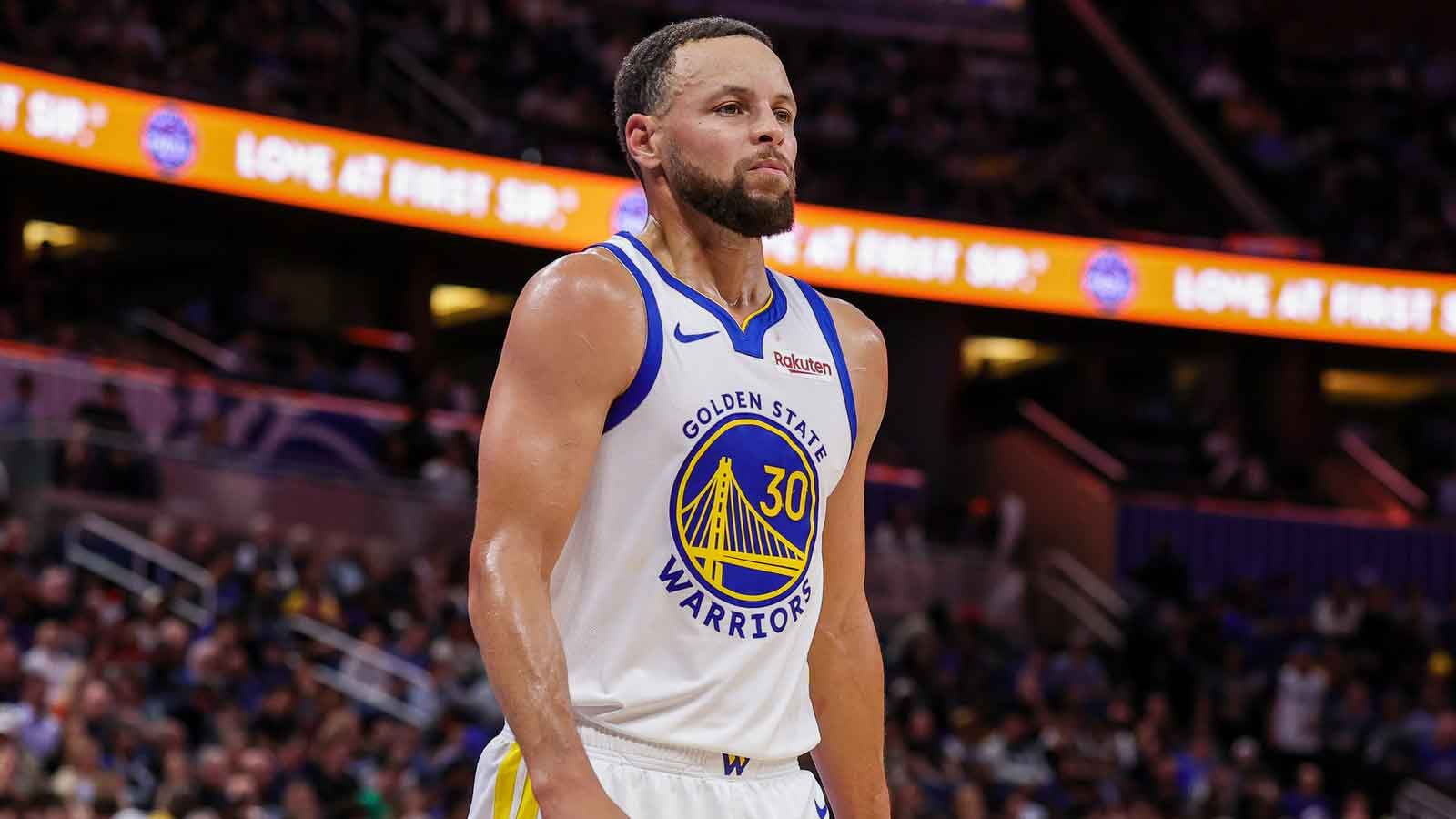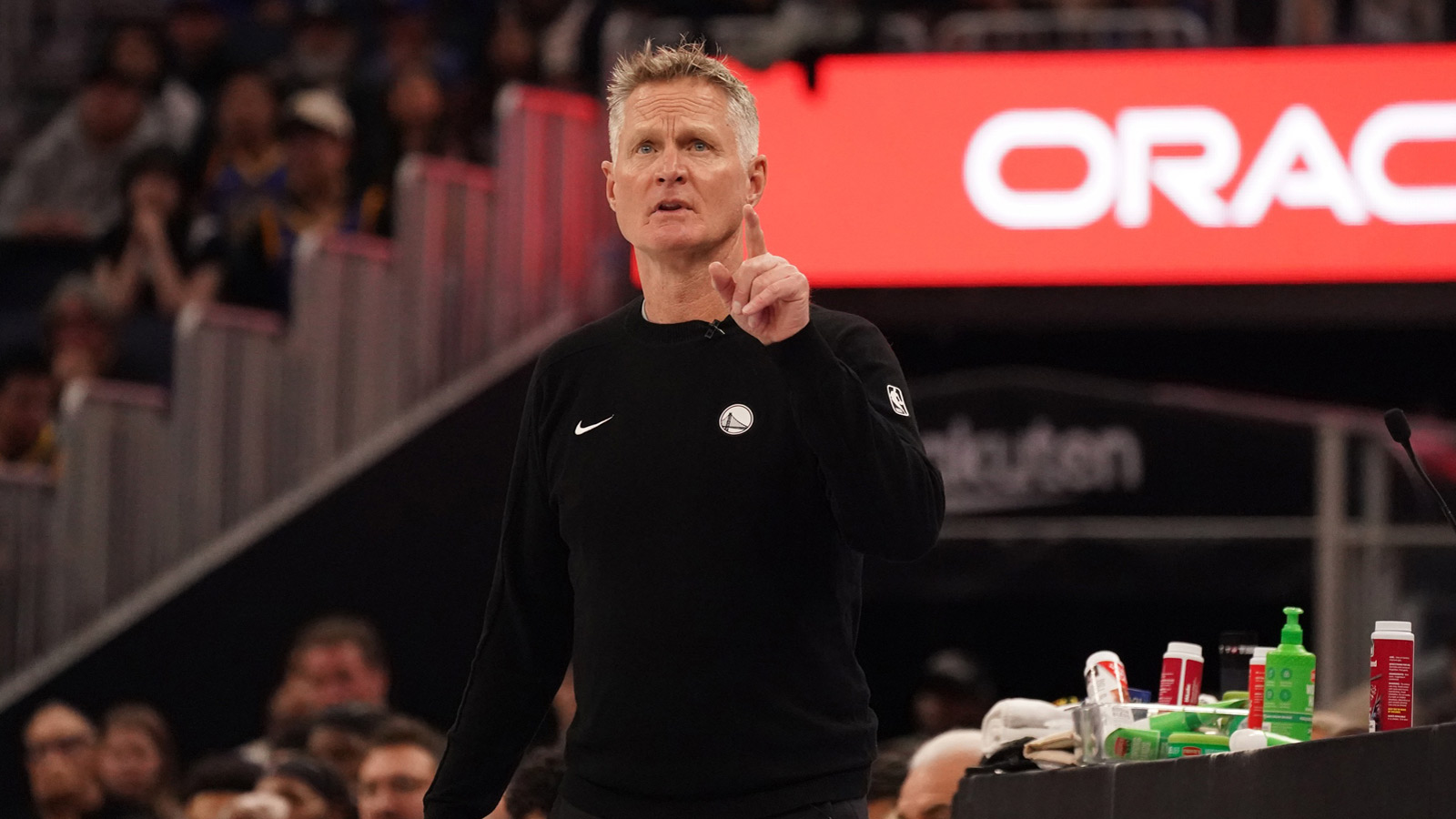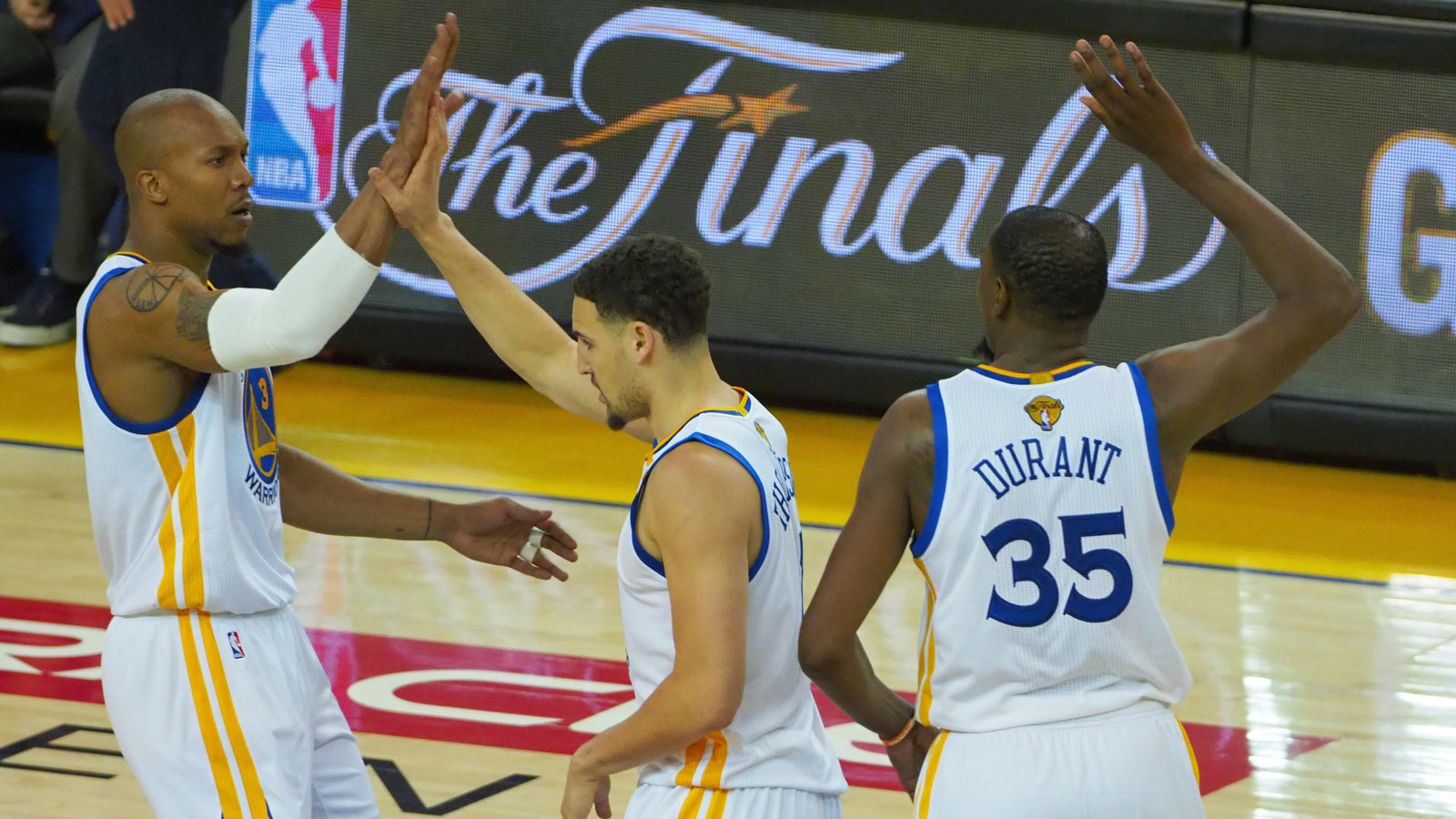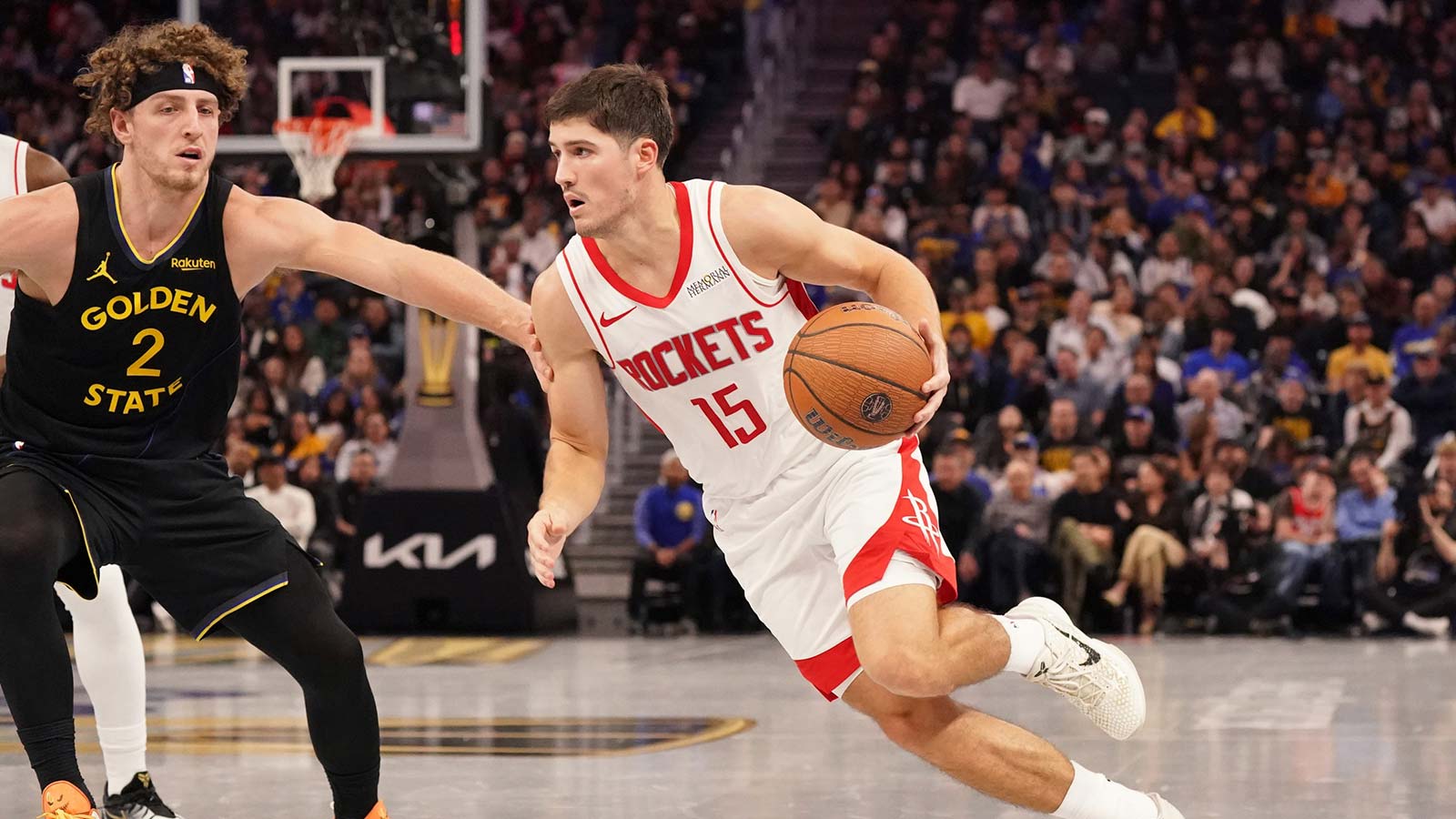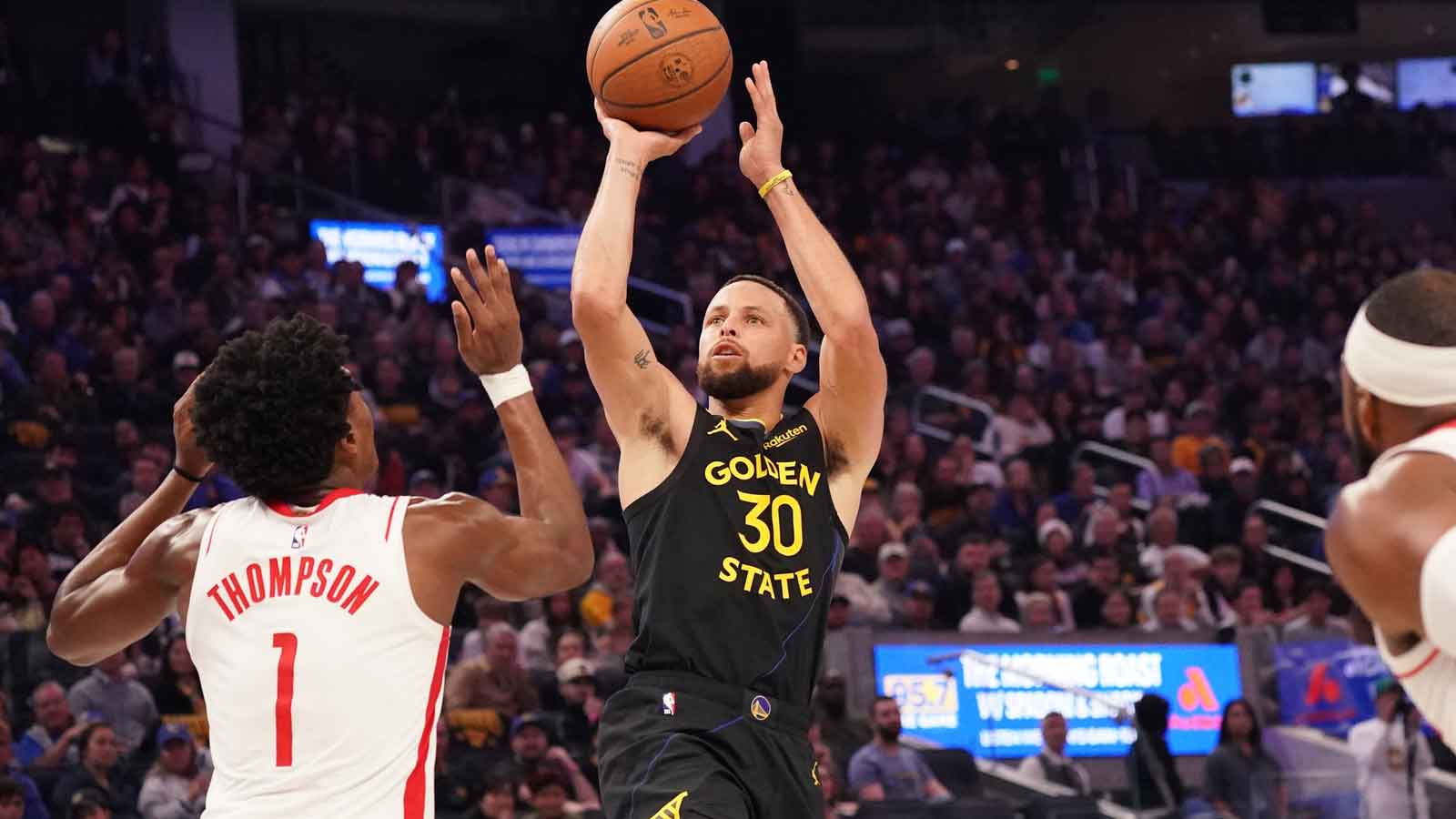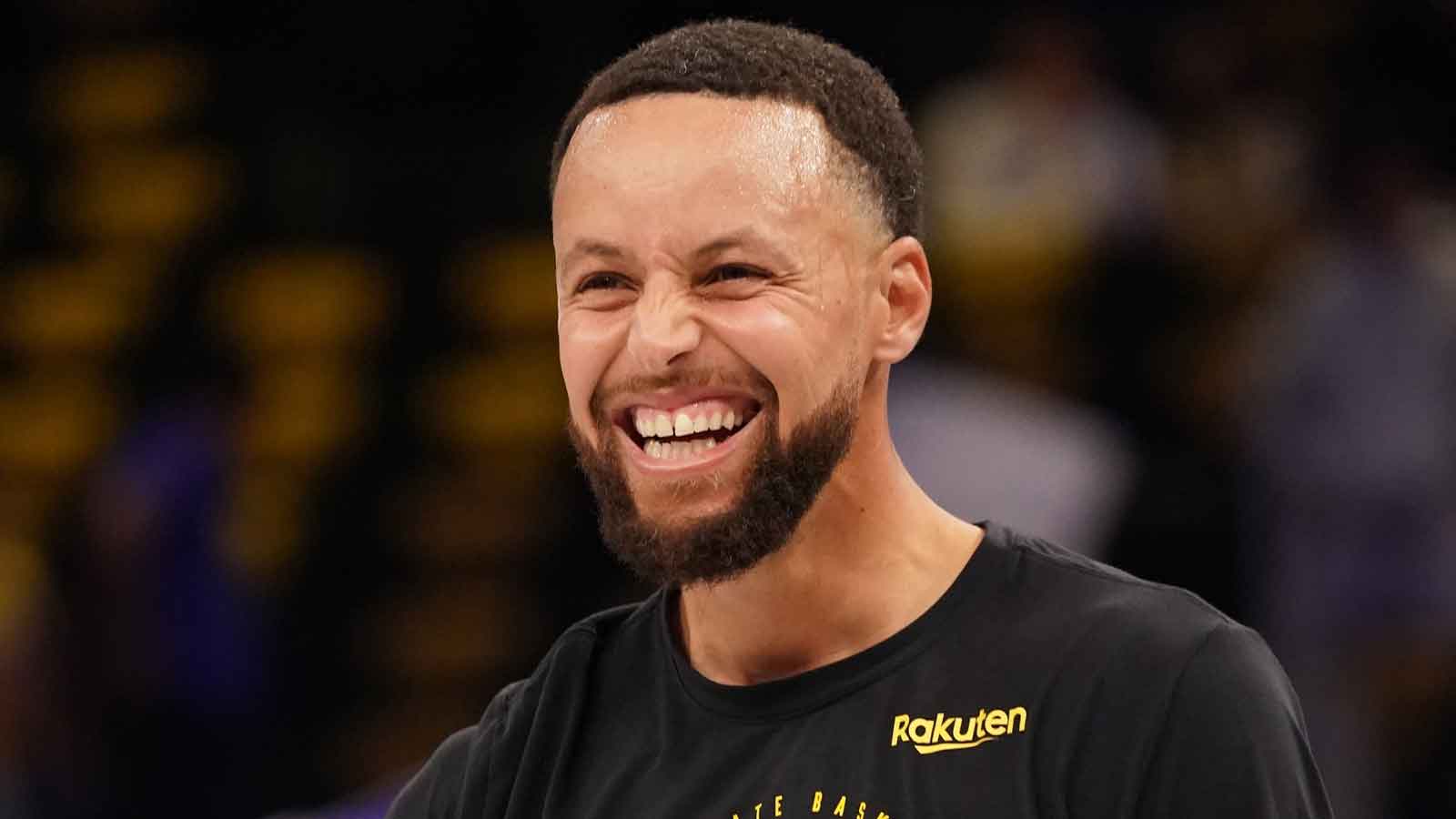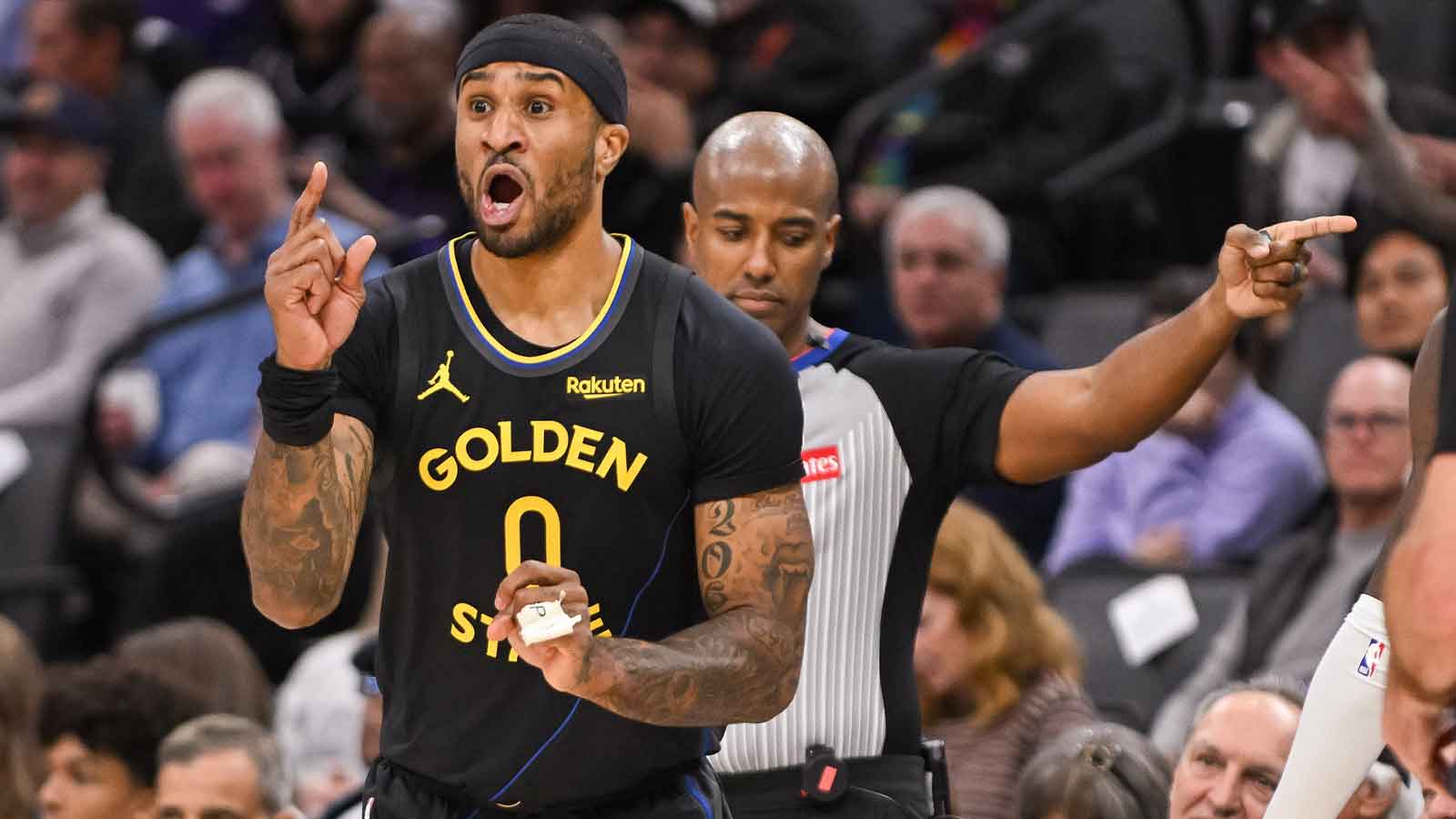Family lineage makes it easy to assume Stephen Curry was born to become the greatest shooter of all time.
His father, Dell, is one of the most accomplished long-range marksmen of yore, carving out a 16-year career from the late 1980s to the early 2000s despite never becoming a full-time starter. He shot over 40 percent from beyond the arc a remarkable eight seasons running 1991-92 to 1998-99, when he led the league by knocking down 47.6 percent of his triples at age 34. The older Curry retired three years later, in 2001-02, finishing with a career three-point percentage of 40.2, tied for 35th in league history.
It was around then that Curry helped his oldest son make the change that would drastically alter the course of basketball forever. In 2003, after Steph enjoyed a successful season as a freshman for Charlotte Christian High School's junior varsity team, his father knew it was time to look ahead.

At just 5-foot-6 and 130 pounds, a 15-year-old Steph was already following in dad's footsteps as an ace shooter, but lacked the size and strength necessary to launch from deep without dipping the ball below his chin – a problem that would only be exacerbated as he continued climbing the ranks of competition.
“Imagine the amount of space required to get a shot off from that low,” Dell Curry recently told The Ringer's Kevin O'Connor. “Middle school, he was fine. JV, he was fine. The competition was getting tougher. It was time for a change.”
What proceeded was a painstaking process of rebuilding and repetition that many young athletes experience when the time comes to take their craft more seriously.

Dell spent the summer re-working Steph's release, raising it from just below his chest to just above his eyes. Those familiar with training methods of basketball gurus have undoubtedly seen some players – young and old, amateur and professional – start their workouts by taking form shots from within five feet. In the summer of 2003, the best shooter ever began the slow, frustrating path to becoming it by doing just that, honing his adjusted release exclusively in the paint until gaining the strength necessary to venture outside the arc.
“It was the worst summer of my life, basketball-speaking,” Stephen Curry told The Ringer.
Once their son was finally comfortable shooting from the perimeter, Dell and his wife, Sonya, who played volleyball at Virginia Tech, would double-team Steph to mimic the pressure of defenders. The Golden State Warriors superstar, 16 years later, uses similarly odd gambits at practice and in pre-game warmups to simulate the attention he garners from defenses and increase the versatility of his jumper.

It's worked wonders this season, as Stephen Curry is knocking down threes at a 44.9 percent clip while taking a career-high 11.4 per game. He's shooting 43.6 percent on pull-up threes, too, best in the league by a comfortable margin and right in line with his off-dribble accuracy from 2015-16, when he became the first unanimous MVP in league history while leading the Warriors to a record 73 regular-season victories.
Steph's development into a perennial MVP candidate and likely top-10 player of all time is about more than his jumper. He's one of the most underrated ball handlers and passers in basketball, and he's shooting 65.4 percent from the restricted area this season after making just 54.3 percent from there in 2012-13. The intuition and confidence he's always played with are undeniable byproducts of spending his life around his father, with NBA players in NBA arenas.
Still, it's the change Stephen Curry made in 2003 that serves as the driving force behind his past, ongoing, and future success.



